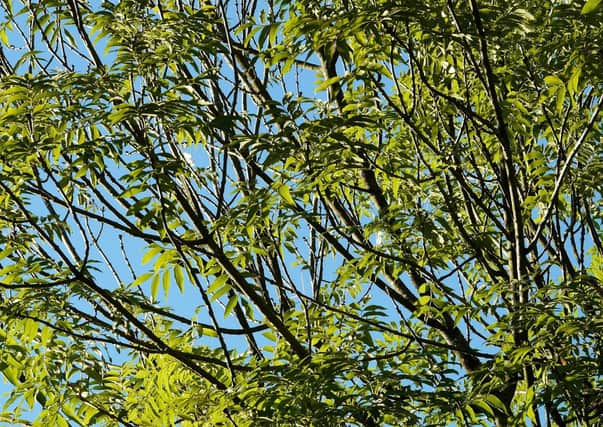Why the council is cutting down thousands of trees in Brighton and Hove: “We have no alternative”


Although many of the trees being removed look healthy, and some residents are concerned by the works, the council said they are ‘mainly riddled with the fungal infection Ash dieback (ADB)’.
If left alone, they could collapse or fall down, causing serious damage to people and property.
Advertisement
Hide AdAdvertisement
Hide AdThe disease is not only affecting ash trees in Brighton and Hove – it is also killing the species throughout the country.
Although there are relatively few ash trees within more urban areas of the city, around 20 per cent of all woodland trees owned by the council is ash.
The first two sites where trees will be felled are Coney Hill Woods, next to Mill Road near Waterhall, and Coldean Lane.
Councillor Amy Heley chair of the council’s environment, transport & sustainability committee, said: “Sadly we have no alternative but to remove a very large number of our ash trees, starting with the ones within striking distance of roads, footpaths and property to ensure public safety.
Advertisement
Hide AdAdvertisement
Hide Ad“We know it will mean a great deal of distress and upset for our residents, but our tree experts, along with other specialists, will try to ensure the effects are kept to an absolute minimum, especially when it comes to the natural habitats of our wildlife.”
A council spokesman said: “Until ash removal works have been completed within the our woodlands, we’re reminding the public, and volunteer and community groups, to be extra careful when in these areas, especially during windy days, due to the potential risk of falling trees and deadwood.
“Unfortunately, we will not be issuing any new licenses for Forest Schools until works are completed.”
To carry out tree removal on this scale, the council must apply to the government’s Forestry Commission for a special Felling License, which must also include plans for the restocking, regeneration or improvements to each site before the commission will agree.
Advertisement
Hide AdAdvertisement
Hide AdAlthough the extent of tree removal is ‘extremely worrying’, the council said its tree experts will use this as an opportunity to develop areas with a wider range of species and habitat diversity to cope with diseases.
They also believe it presents a positive opportunity for communities to support and influence the regeneration of the woodlands that have been affected by Ash dieback.